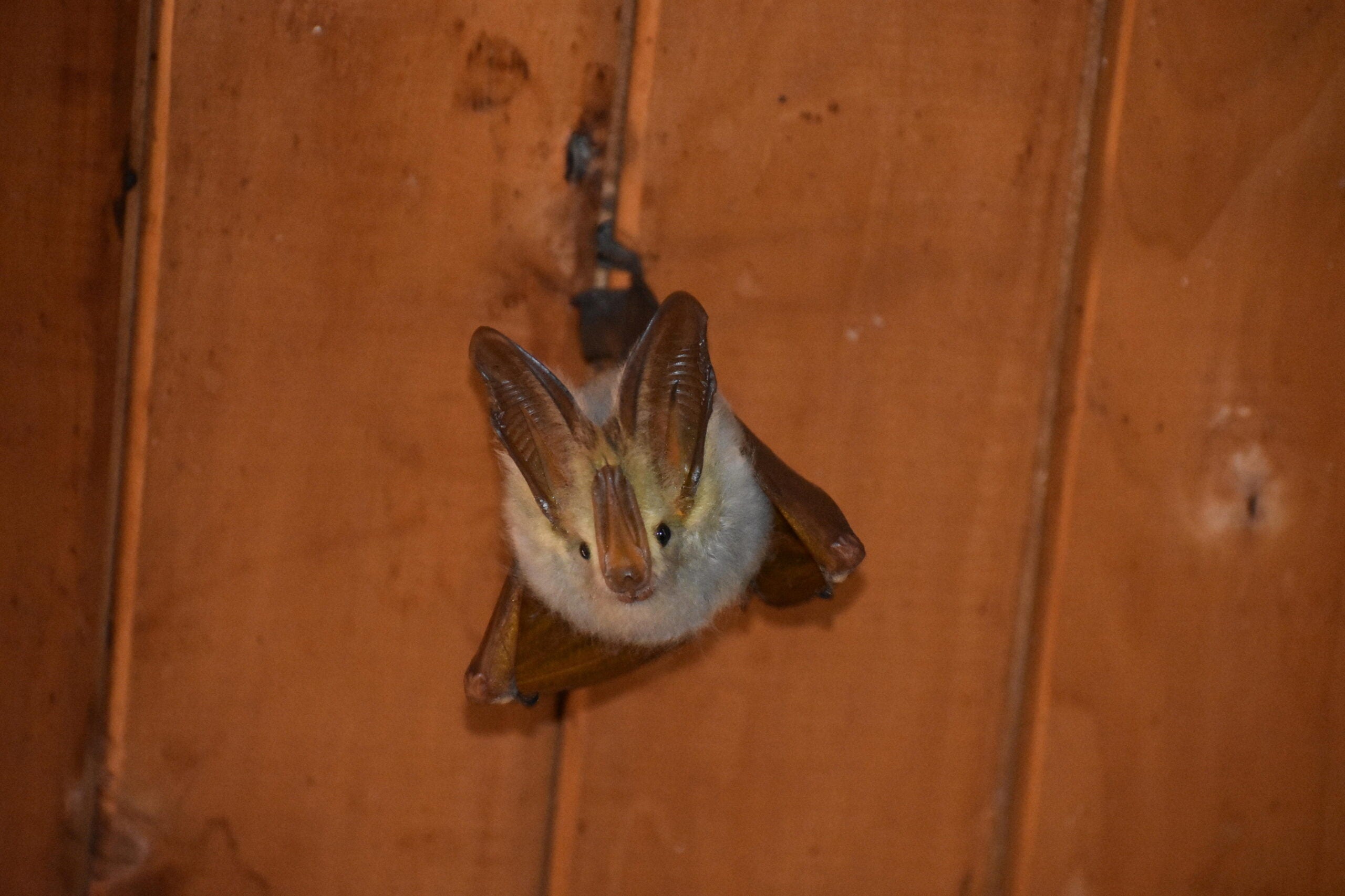The idea that most biologically male members of a species are physically larger than the females goes back to Charles Darwin’s 1871 book The Descent of Man. While this is typically true for some species including gorillas, buffalo, and elephants, it is not necessarily a one size fits all fact.
A study published March 12 in the journal Nature Communications found that the males in most mammalian species are not bigger than the females. Monomorphism–or both sexes being roughly the same size–is very common and females can be larger in some cases. The authors suggest that biases in scientific literature from over more than a century and a focus on more charismatic species like primates and carnivores has likely led to this misconception.
A persistent narrative
For some mammals, physical differences in size do vary depending on competition for mates and the differences in how mothers and fathers invest time and energy in their offspring. Male lions and baboons typically engage in physical competition for mates and the males are larger than the females. It has been assumed that sexual dimorphism–where the sexes differ in size–is most common in animals. Additionally, the idea that males of a species are always larger, which is the case in lions, applies to most species has also stuck around for decades.
“That’s how Darwin laid out the scene,” study co-author and evolutionary biologist Kaia Tomback tells PopSci. “And it’s very Victorian Era thinking about gender roles.”
[Related: A new evolutionary theory could explain the mystery of shrinking animals.]
During the 1970’s, a mammalogist and conservation biologist named Katherine Ralls was among the first to take a real scientific look at this narrative and push back against this idea that most male mammals are larger. Ralls found evidence that most mammals do not have an extreme dimorphism. More typically, the female members of the species are the same size as the males. Larger females are surprisingly common in nature. According to Tombak, Ralls has also been commonly misquoted as supporting the larger male narrative.
“Science is always changing, so it’s possible that the story will change,” says Tombak, who is currently a postdoctoral researcher at Purdue University. “But [the idea] has been a misconception in the sense that it’s this scientific narrative with very weak evidence.”
From bats to lemurs to elephant seals
In this new study, Tombak and her colleagues went through available scientific literature and compared the male and female body masses of 429 animal species in the wild. In the majority of cases, they found that the males are not larger than the females. In many species, including lemurs, golden moles, horses, zebra, and tenrec, both sexes are the same size.
A male and female plains zebra interacting in Kenya. Males and females are the same size in this species. CREDIT: Severine B.S.W. Hex
Some species did show significantly larger males, including the northern elephant seal. This is what Tombak calls a “famously dimorphic” species, with male northern elephant seals weighing in at about three times larger than females.
On the other end of the spectrum is the peninsular tube-nosed bat. Females are about 40 percent larger than the males.
“If you want to talk about most mammals, most mammals are rodents and bats, by far,” says Tombak. “Just almost half of bats have larger females. Some hypotheses suggest that for female [bats], it’s better to be bigger so that they can fly carrying fetuses and offspring more easily. Others have said that for males competing for mates, maybe agility matters more in fighting than size.”

A more complicated reproductive story
While the study did not sample all mammalian species, the team did identify trends that made sense given when a lot of these earlier studies were conducted. They believe that the reason for this persistent larger male narrative is related to more studies focusing on charismatic keystone species like primates and seals who have larger bodied males that compete with each other for mates.
[Related: These female hummingbirds don flashy male feathers to avoid unwanted harassment.]
“As we read through the literature, there was just so much cool biology that we got into,” says Tombak. “I think what the study brings about is that there’s probably way more to reproductive strategies. A diversity of strategies is probably more common than just the males fighting physically for females.”
One example includes the topi, a type of antelope where females have been documented fighting each other for access to mates. Challenging this belief has met resistance and has been understudied, as it goes against the ideas of a seminal figure like Darwin.
“The story is really one of like the other side of the story of having been ignored for a long time,” says Tombak. “In terms of the science, I think it’s important because there’s just so much focus on the male perspective, male mating competition, and sexual selection theory.”
Tombak and her co-authors recommend more research on female biology across species to create a more realistic view of animal size and sex selection and are working on follow-up papers. The authors also caution that findings in this study could change, as more robust data on mammal body sizes is gathered in the future.





